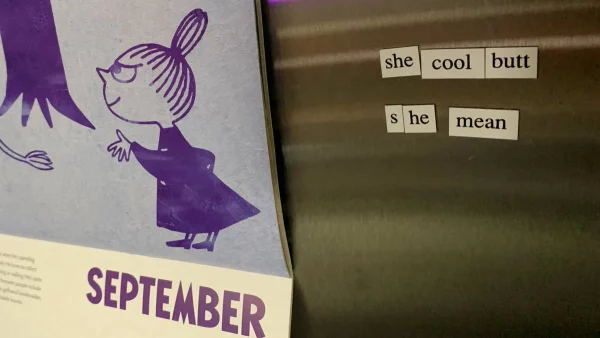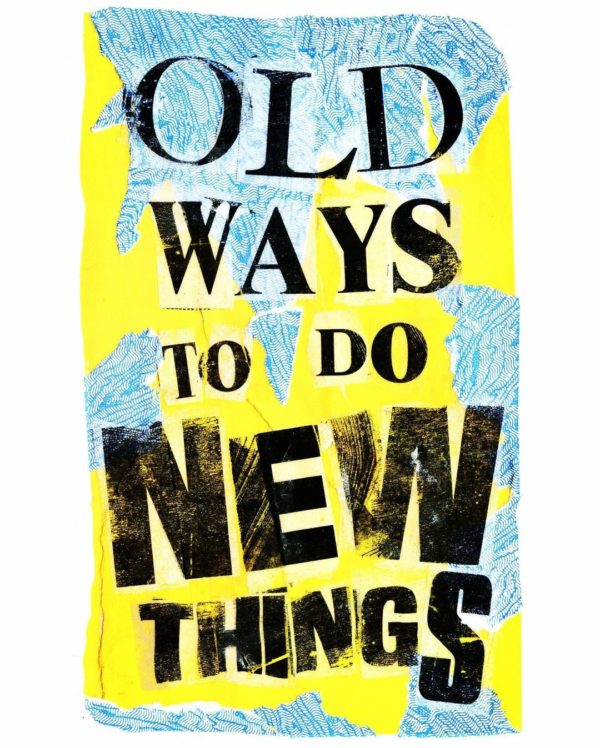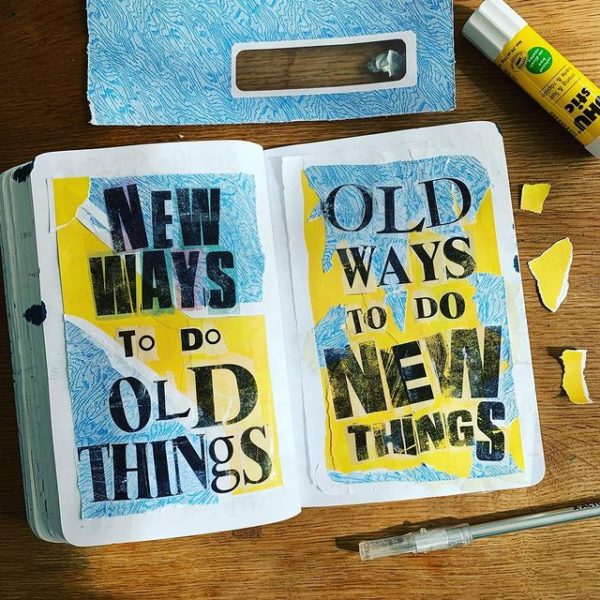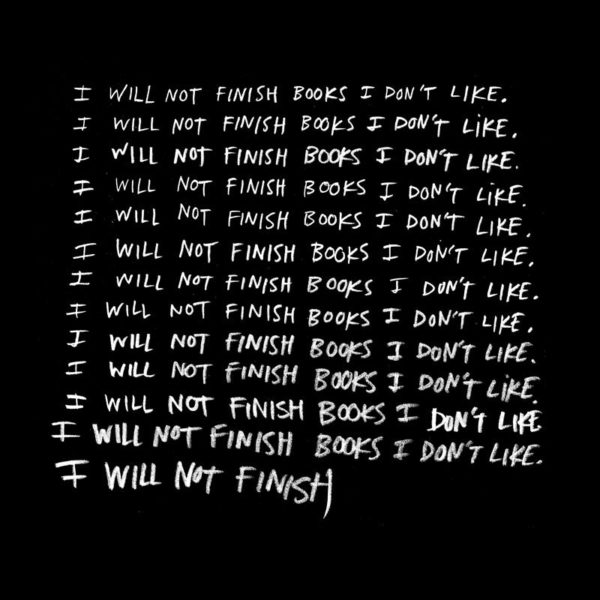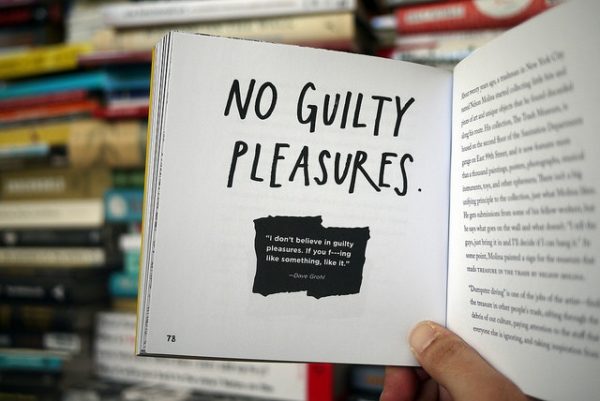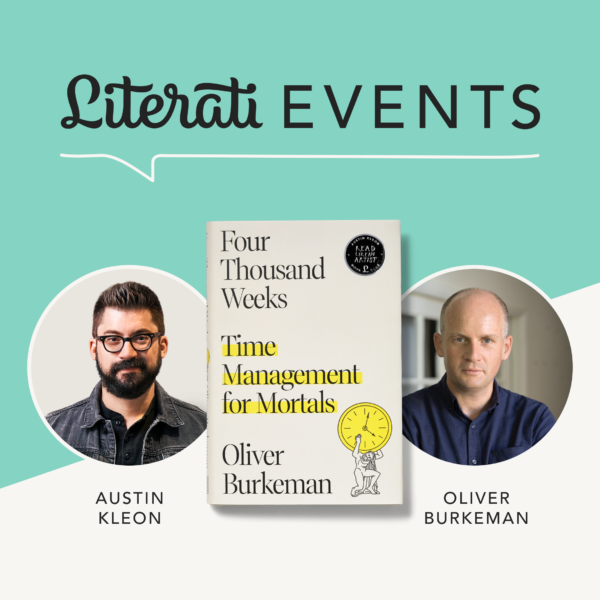
![]()
1. “People think it’s about, like, self-expression or something, and it’s not about that. You do it because it’s involving and stimulating and you like the process of doing it.”
—Ethan Coen
2. “I express myself with my friends and my family. In my diary if I had one, that’s expressing yourself. Novels are not about expressing yourself, they’re about something beautiful, funny, clever and organic. Self-expression? Go and ring a bell in a yard if you want to express yourself.”
—Zadie Smith
3. “The material should be filtered through you rather than your filtering yourself through the material. Self-expression is a natural by-product of your work, because you are doing it. If the purpose of the project is to express yourself, there is a danger there will be no surprises. The growth that can happen discovering solutions to specific problems (goals) may be missed if we are too insistent on projecting a personal message.”
—Corita Kent and Jan Stewart, Learning By Heart
4. “The suppression of self-expression is impossible. Even when we do something as seemingly “uncreative” as retyping a few pages, we express ourselves in a variety of ways. The act of choosing and reframing tells us as much about ourselves as our story about our mother’s cancer operation. It’s just that we’ve never been taught to value such choices.”
—Kenneth Goldsmith, Uncreative Writing
5. “Work is self-expression. We must not think of self-expression as something we may do or something we may not do. Self-expression is inevitable. In your work, in the way you do your work and in the results of your work, your self is expressed.”
—Agnes Martin
* * *
Thanks to David Epstein for the Coen quote that inspired me to pull these together from my archives!

